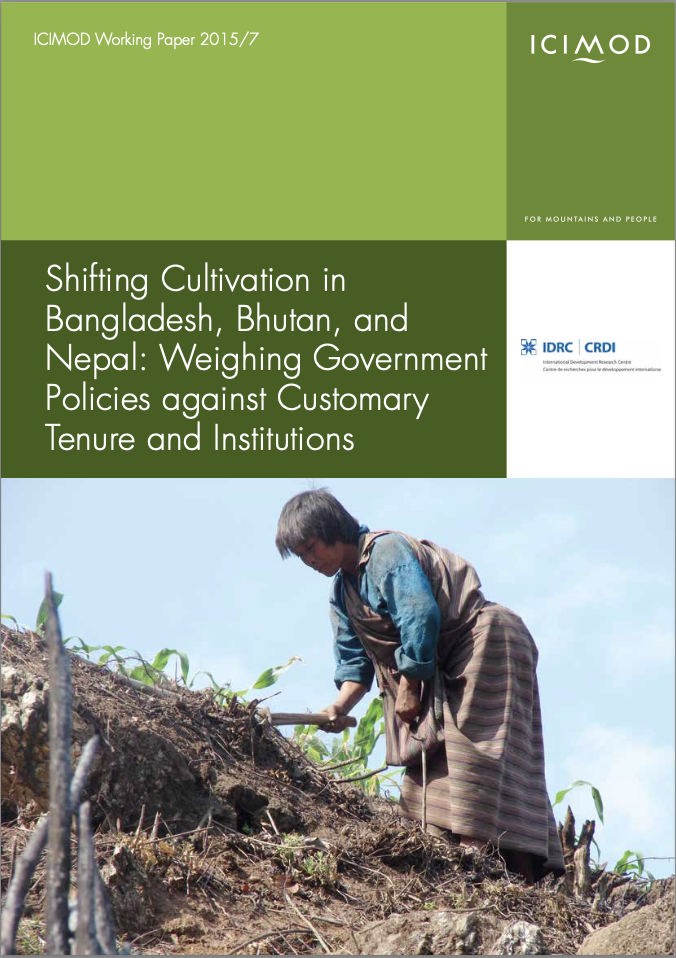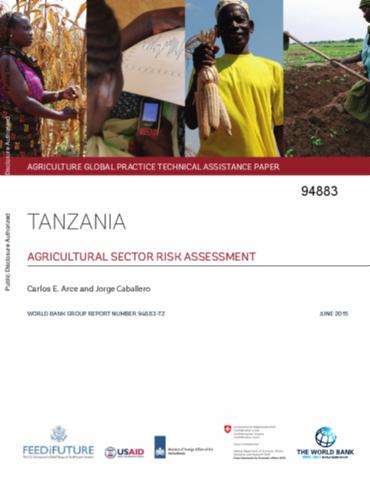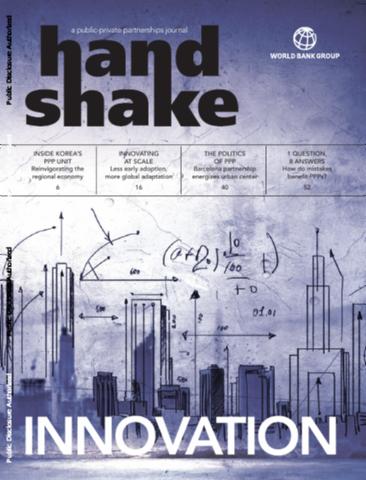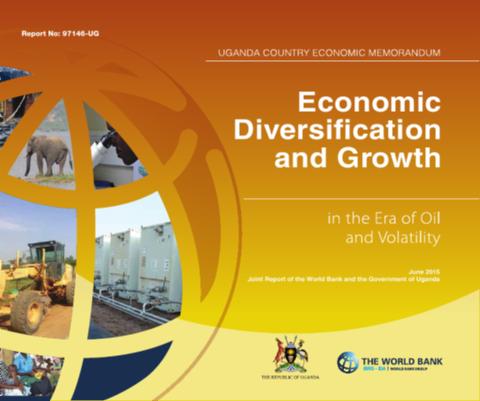Introduction of Cactus (Opuntia ficus-indica) as a multi-purpose crop under intensive production system
In Pakistan, rangelands are the major source of feed for about 167.5 million heads of livestock. At present rangelands are being grazed by all kinds of livestock. About 40 percent of feed requirements for horses, donkeys and camels, 60 percent of the goats and sheep are met from rangelands whereas only 5-10 percent of the population of cattle and buffaloes graze in the rangelands despite they are heavily overgrazed, and has reduced the carrying capacity by 30 to 50 percent of their potential.









